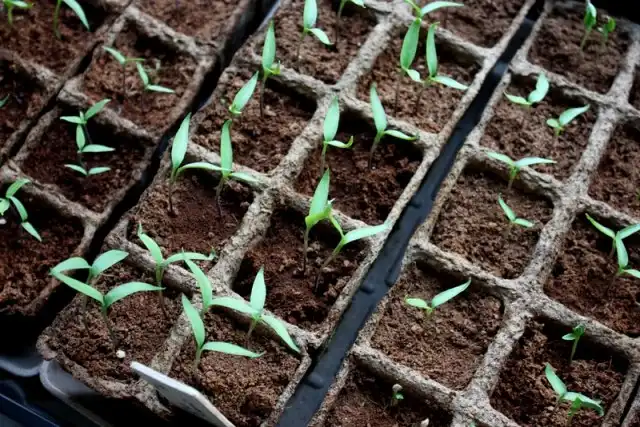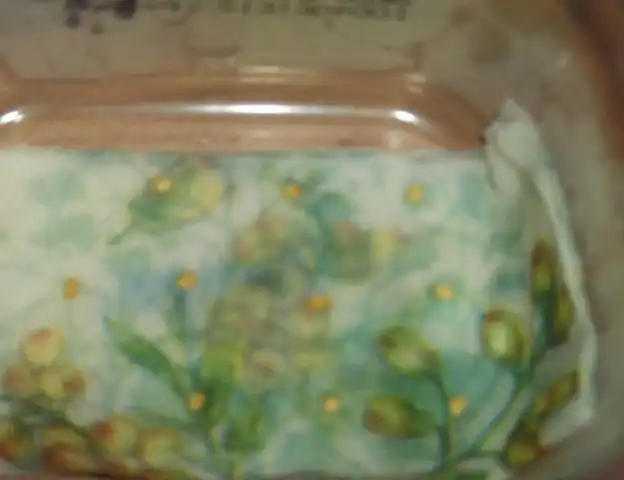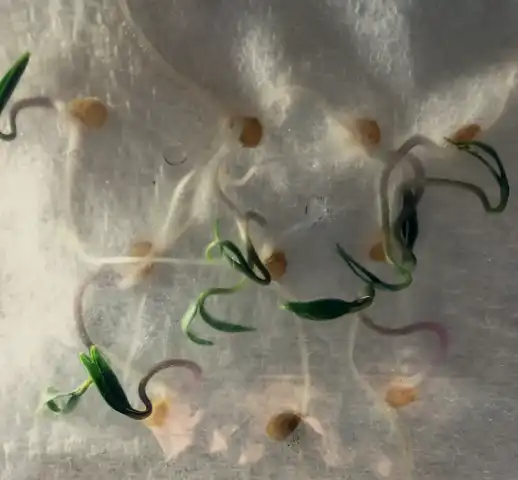Peppers are a popular choice for home gardeners, offering vibrant colors, delicious flavors, and varying levels of heat. However, pepper seeds can be notoriously slow to germinate, taking anywhere from 1–3 weeks under normal conditions. If you’re eager to kick-start your pepper garden, there are methods to speed up the germination process. This guide will show you how to quickly germinate pepper seeds indoors with simple techniques.
Why Germinate Pepper Seeds Indoors?
- Controlled Environment: Indoors, you can control temperature, humidity, and light, ensuring optimal conditions.
- Early Start: Starting seeds indoors gives your plants a head start, especially in cooler climates with shorter growing seasons.
- Faster Harvest: The quicker your seeds germinate, the sooner you’ll enjoy fresh peppers.
What You’ll Need
- Pepper seeds (hot or sweet varieties)
- A small container or seed tray
- Seed-starting mix or paper towels
- Plastic wrap or a humidity dome
- Heating mat or a warm location
- Spray bottle with water
Step-by-Step Process
1. Pre-Soak the Seeds
- Why: Soaking softens the seed coat, allowing water to penetrate and speed up germination.
- How: Place your seeds in warm water (not boiling) for 8–12 hours. Use a small bowl and keep the water warm by placing it near a heat source.
2. Choose Your Germination Method
Option A: Germinate in Soil

- Prepare the Container: Fill a seed tray or small container with a moist seed-starting mix.
- Plant the Seeds: Sow seeds ¼ inch deep, cover lightly with soil, and mist with water.
- Cover and Warm: Cover the container with plastic wrap or a humidity dome to trap moisture. Place it on a heating mat or near a warm spot (75–85°F).
Option B: Germinate in a Paper Towel

- Dampen the Towel: Moisten a paper towel with water and lay it flat.
- Spread the Seeds: Place seeds evenly on the towel and fold it over.
- Seal and Store: Place the towel inside a resealable plastic bag or container. Keep it in a warm spot (like the top of a refrigerator or near a heating vent).
3. Maintain Optimal Conditions
- Temperature: Peppers require warmth to germinate, ideally between 75–85°F. Use a heating mat for consistent warmth.
- Humidity: High humidity is essential. Mist the seeds daily and ensure the covering traps moisture.
- Light: Light isn’t necessary for germination, but once seedlings emerge, place them under grow lights or near a sunny window.
4. Monitor and Wait

Check on the seeds daily to ensure the environment remains moist and warm. If you’re using the paper towel method, look for tiny roots emerging from the seeds. Germination typically takes 5–10 days with these accelerated methods.
5. Transplant the Germinated Seeds

- When to Transplant: Once you see tiny roots (paper towel method) or sprouts breaking through the soil (soil method), it’s time to transplant.
- How to Transplant:
- Prepare a small pot with seed-starting mix.
- Gently transfer the germinated seed, root side down, and cover lightly with soil.
- Water gently and place the pot in a warm, sunny spot.
Tips for Success
- Label Your Seeds: If you’re germinating multiple varieties, label them to avoid mix-ups.
- Don’t Overwater: Too much water can cause rot. Keep the soil moist but not soggy.
- Use Fresh Seeds: Older seeds may take longer to germinate or fail altogether.
Conclusion
Germinating pepper seeds indoors is a simple process that, when done right, can significantly speed up the time it takes to start your pepper plants. With a bit of preparation and attention to detail, you’ll have healthy seedlings ready for transplanting in no time. Whether you’re growing sweet bell peppers or fiery chilies, these methods will help you get a jump on the growing season.
